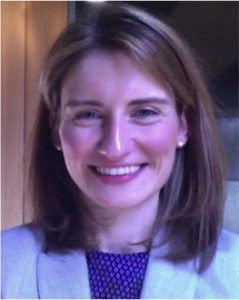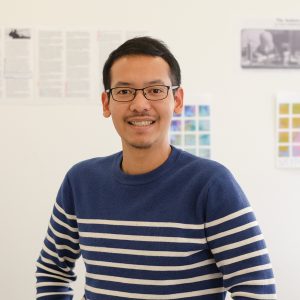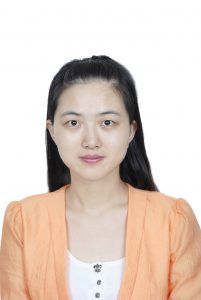The BE Seminar Series continues this week. We hope to see you there!
 Speaker: Alison Pouch, Ph.D.
Speaker: Alison Pouch, Ph.D.
Research Associate, Penn Image Computing & Science Lab, Department of Radiology
Gorman Cardiovascular Research Group, Department of Surgery, University of Pennsylvania
Date: November 29, 2018
Time: 12:00 pm
Location: Room 337, Towne Building
“Shaping Innovation in Heart Valve Surgery with Image-Based Modeling”
A number of challenging questions routinely arise before heart valve surgery. Should a regurgitant valve be repaired or replaced? If repaired, which techniques and maneuvers should be employed? When is the optimal time to perform surgery? This is just the beginning of a series of questions whose answers rely on an individualized assessment of heart valve morphology and function. With advanced imaging technology like 3D echocardiography already in the operating room, we have a window into patient-specific disease characteristics that cannot otherwise be appreciated immediately before surgery. Unfortunately, imaging resources are often not tapped to their full potential, which contributes to delays in surgical innovation. This presentation introduces an image-based modeling approach to creating enhanced visualizations and quantification of heart valves from real-time 3D echocardiography. The goal of this approach is to fundamentally change the way that surgeons interact with and utilize images in the operating room. Pre-operative image-based heart valve models can be used to characterize mechanisms of disease prior to cardiopulmonary bypass and to identify connections between pre-operative image features and clinical outcomes. Image-based modeling provides a means for surgeons to innovate and master new surgical techniques like bicuspid aortic valve repair and to devise new standardized approaches for surgical treatment of ischemic mitral regurgitation. Image analysis and surgical innovation are linked within and beyond the cardiovascular domain, and this work aims to optimize the potential of imaging and shape modeling for pre-surgical planning.

 Scientific claims are a foundation of scientific discourse. Extracting claims from scientific articles is primarily done by researchers during literature review and discussions. The enormous growth in scientific articles makes this ever more challenging and time-consuming. Here, we develop a deep neural network architecture to solve the problem. Our model an F1 score of 0.704 on a large corpus of expertly annotated claims within abstracts. Our results suggest that we can use a small dataset of annotated resources to achieve high-accuracy claim detection. We release a tool for discourse and claim detection, and a novel dataset annotated by experts. We discuss further applications beyond Biomedical literature.
Scientific claims are a foundation of scientific discourse. Extracting claims from scientific articles is primarily done by researchers during literature review and discussions. The enormous growth in scientific articles makes this ever more challenging and time-consuming. Here, we develop a deep neural network architecture to solve the problem. Our model an F1 score of 0.704 on a large corpus of expertly annotated claims within abstracts. Our results suggest that we can use a small dataset of annotated resources to achieve high-accuracy claim detection. We release a tool for discourse and claim detection, and a novel dataset annotated by experts. We discuss further applications beyond Biomedical literature. Scientific claims are a foundation of scientific discourse. Extracting claims from scientific articles is primarily done by researchers during literature review and discussions. The enormous growth in scientific articles makes this ever more challenging and time-consuming. Here, we develop a deep neural network architecture to solve the problem. Our model an F1 score of 0.704 on a large corpus of expertly annotated claims within abstracts. Our results suggest that we can use a small dataset of annotated resources to achieve high-accuracy claim detection. We release a tool for discourse and claim detection, and a novel dataset annotated by experts. We discuss further applications beyond Biomedical literature.
Scientific claims are a foundation of scientific discourse. Extracting claims from scientific articles is primarily done by researchers during literature review and discussions. The enormous growth in scientific articles makes this ever more challenging and time-consuming. Here, we develop a deep neural network architecture to solve the problem. Our model an F1 score of 0.704 on a large corpus of expertly annotated claims within abstracts. Our results suggest that we can use a small dataset of annotated resources to achieve high-accuracy claim detection. We release a tool for discourse and claim detection, and a novel dataset annotated by experts. We discuss further applications beyond Biomedical literature.